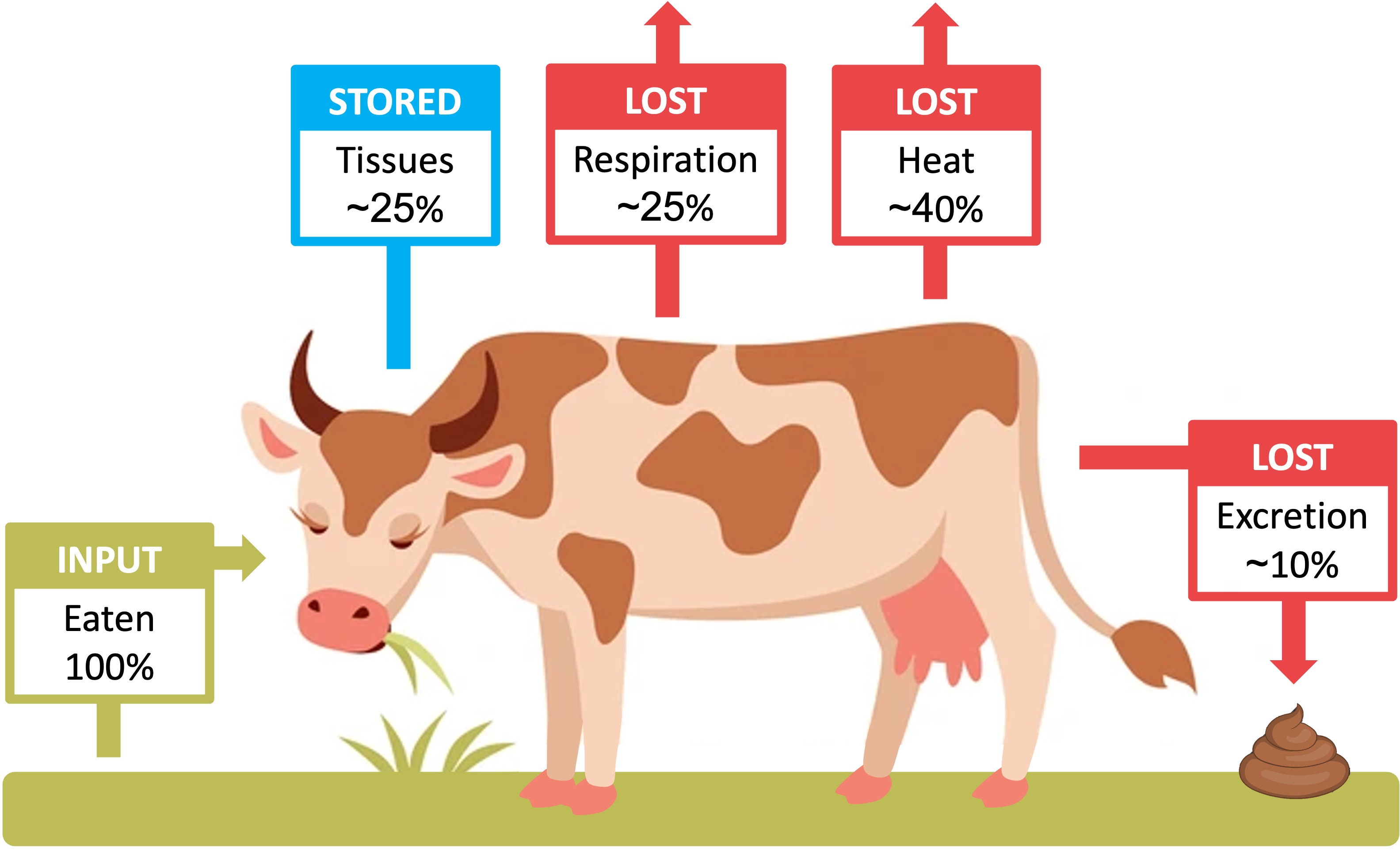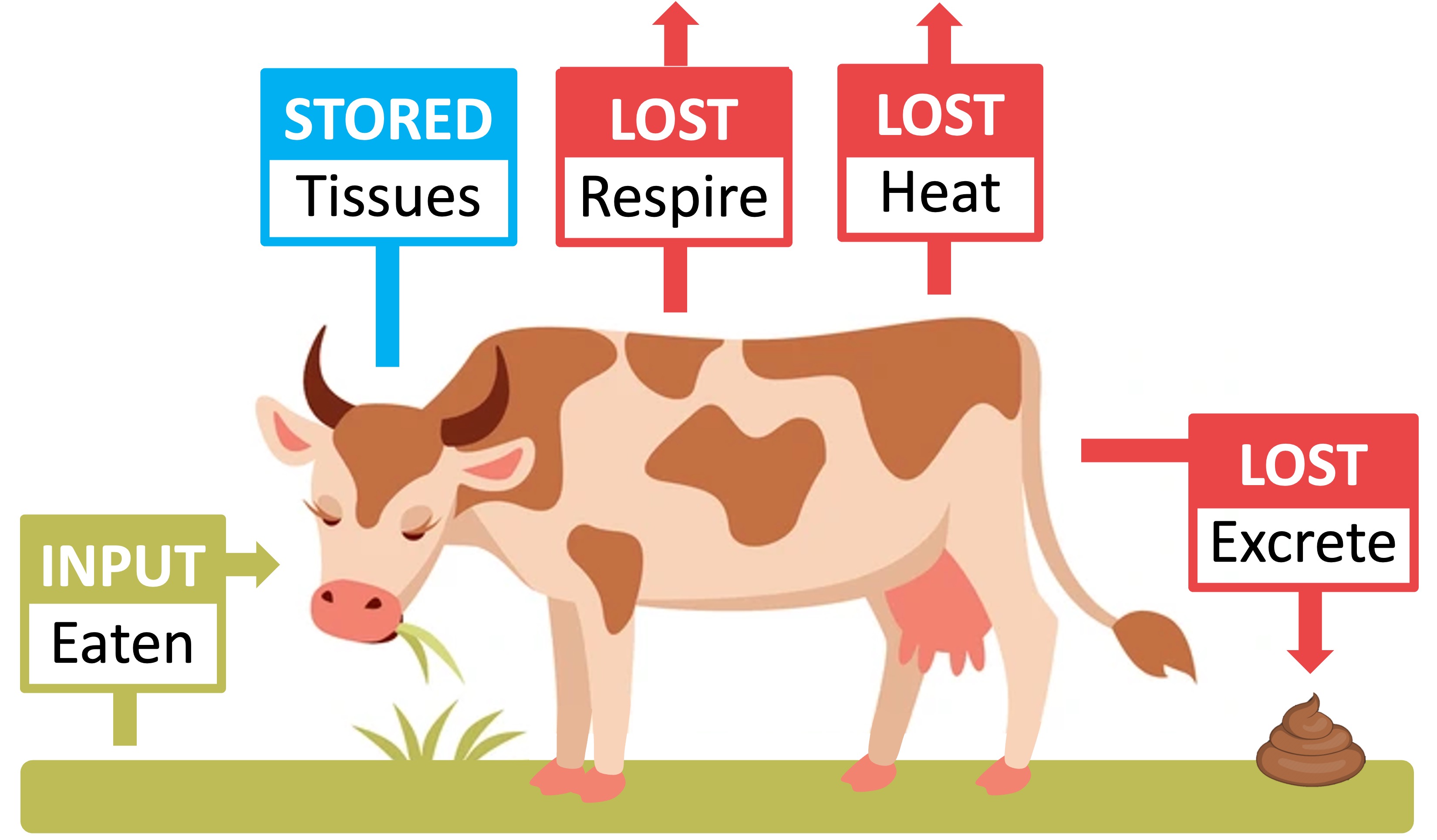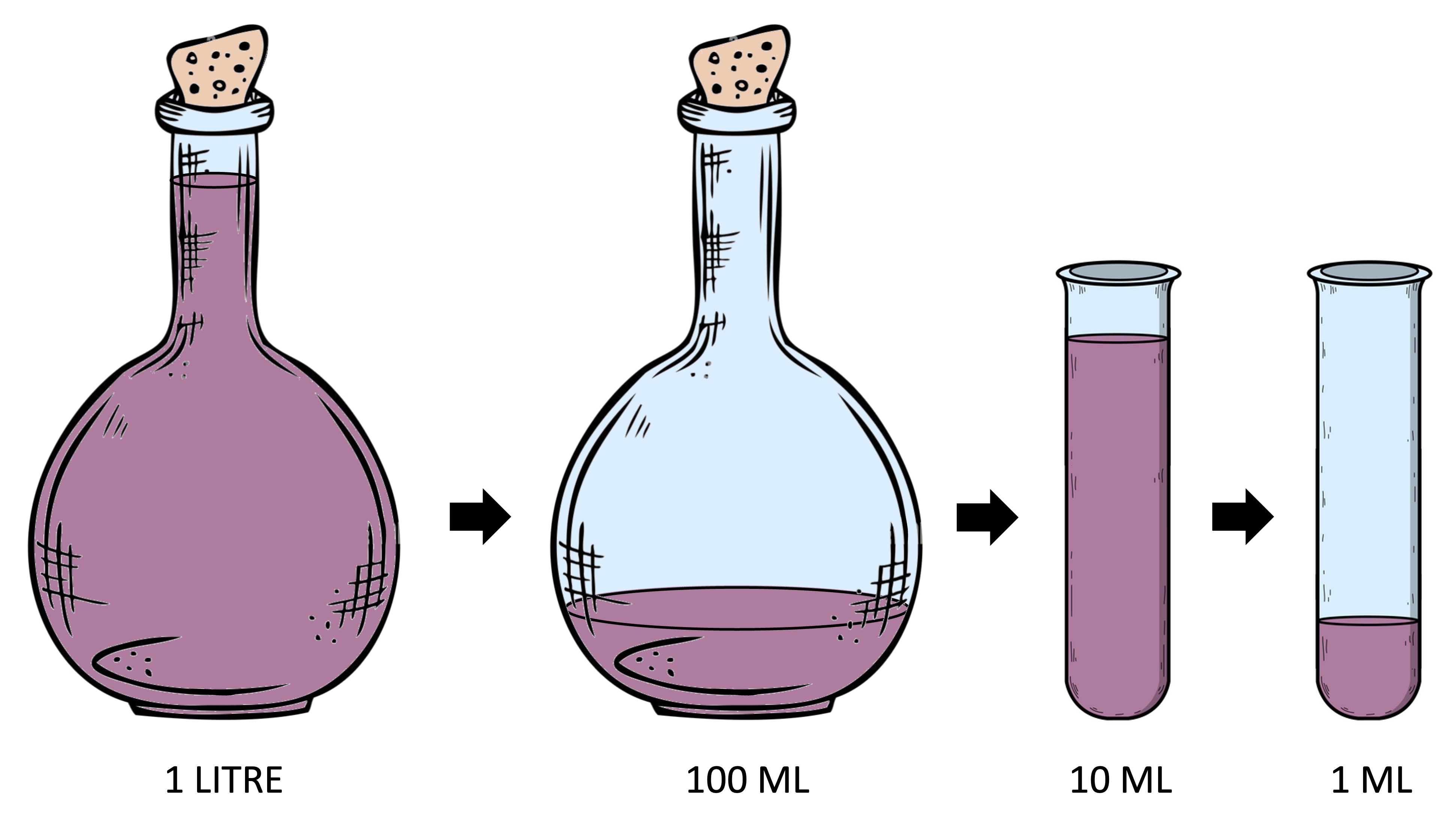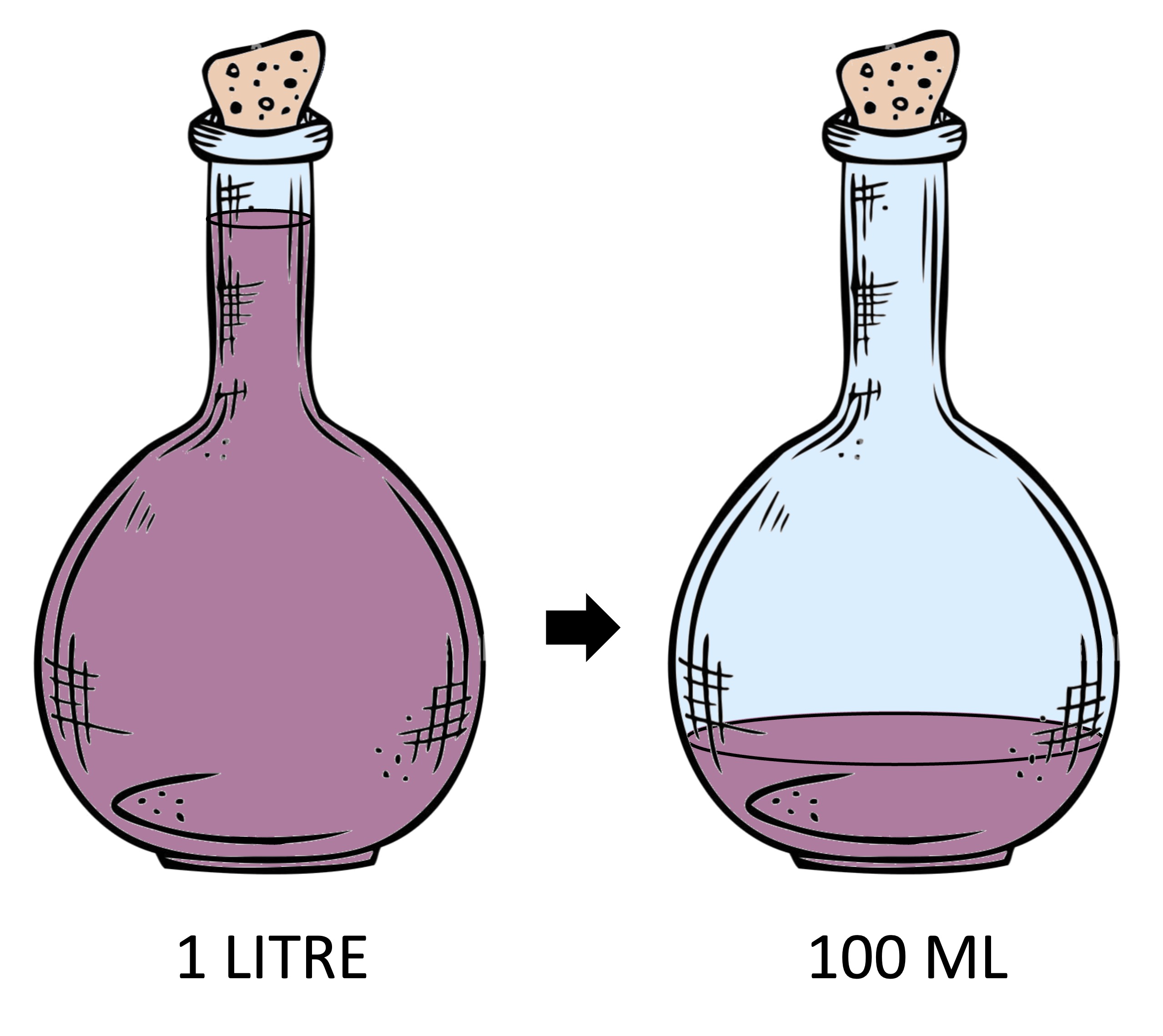

Energy Loss
Not all energy stored in organic molecules is transferred via heterotrophic feeding – some of the chemical energy is lost
-
The chemical energy may be excreted as part of the organism’s faeces or remain unconsumed as the uneaten portions of food
-
Some of the chemical energy will be used to fuel the metabolic activities of the organism (growth, repair, movement, etc.)
As a consequence of this energy loss, there is a reduction in the available energy at each successive trophic level
-
Any chemical energy that is not transferred between trophic levels is typically released via decomposition by saprotrophs
Energy Transformations


The chemical reactions that are used to maintain the functions of life are exothermic and release thermal energy (heat) as a by-product
-
Living organisms cannot convert this heat energy into other usable forms and it is subsequently lost from the ecosystem
-
Ecosystems therefore require a continuous influx of energy from an external source (such as the sun)
Typically energy transformations are ~10% efficient, with about 90% of available energy lost between trophic levels
-
The amount of energy transferred depends on how efficiently organisms can capture and use energy (usually between 5 – 20%)
As energy is lost between trophic levels, higher trophic levels store less energy as carbon compounds and so have less biomass
-
Biomass is the total mass of a group of organisms – consisting of all the carbon compounds contained in the cells and tissues
Because biomass is lost at each level of a food chain, there will be either fewer organisms or smaller organisms at higher trophic levels
-
With less biomass available, higher trophic levels need to eat larger quantities of prey to obtain sufficient amounts of energy
-
This will also require a greater expenditure of energy to hunt the requisite number of prey for continued survival
If the energy required to hunt food exceeds the energy available from the food eaten, the trophic level becomes unviable
-
Hence, the number of potential trophic levels within an ecosystem is limited (apex predators typically occupy level 4 or 5)
Energy Efficiency






